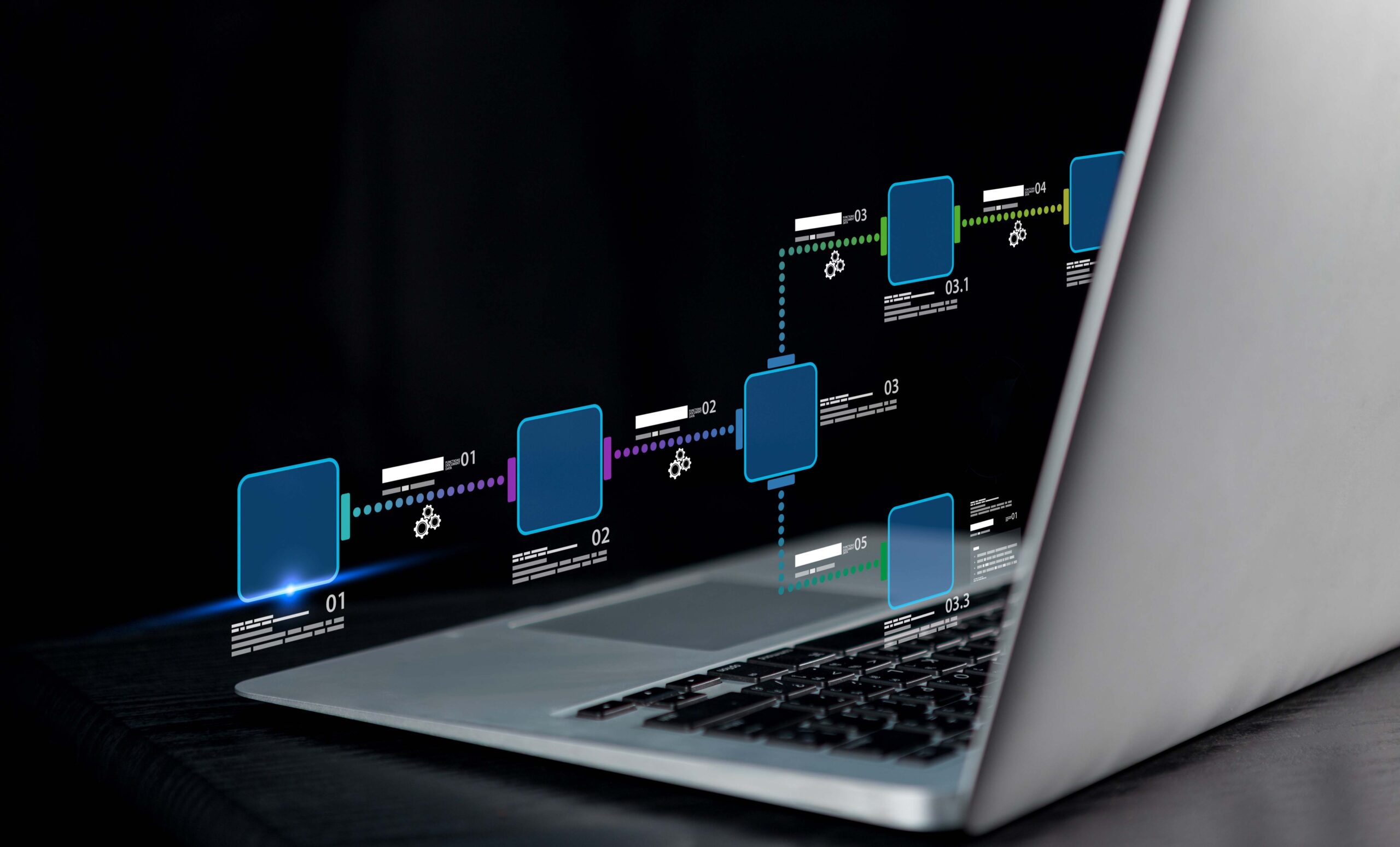Criticality of Data Management & Process Automation in SAP Ecosystem
by Kumar Singh, Research Director, Automation & Analytics, Supply Chain Management, SAPinsider
Taming the complexity of SAP Business Process Management
There is no doubt that SAP technologies, whether it is SAP ECC or S/4HANA ERP or other SAP products, are complex systems. If you are familiar with SAP ERP systems, you know the complexities of these systems, like a myriad of tables holding data for multiple business processes across several modules. With systems this complex, also comes the complexity associated with creating data in large batches, data migration, and data quality management. These process management aspects are manual in many organizations, leading to inefficiencies and inaccuracies, which in turn impact data quality, data governance and may impact business operations as well. There is an urgent need for organizations to streamline their data management and governance process and also improve data quality and meet compliance requirements while doing so.
Explore related questions
The need for smarter SAP data management
The complexity of SAP systems makes associated SAP data management and governance complex as well. The process is fragmented, sits with multiple teams, and is managed manually in many organizations. Challenges of these inefficient processes get exacerbated when mass processing of data needs to happen. It may lead to massive inaccuracies and data security and integrity issues. Organizations today realize these challenges and are actively looking to replace existing tribal approaches of data management and governance with more robust solutions and automation of the data management process is one such solution. There is a need for data management solutions that are designed specifically for SAP business process automation, SAP data management and have the capability to seamlessly integrate with SAP.
This massive business need has led to the emergence of SAP data management and governance automation tools that strive to address the challenges mentioned above. Organizations are looking for solutions that not only make the task of the business users who perform these data management and governance tasks easier but also adhere to SAP security, can align with customized SAP S/4HANA environments, and help manage data quality issues as well. This need is becoming more and more prominent as organizations scale their businesses, digitalize, and the amount of data that they generate increases exponentially.
SAPinsider recently had the opportunity to discuss best practices in SAP data management automation with thought leaders and solution experts from Magnitude to discuss the nuances of a robust SAP data management and governance automation solution.
The imperative of having a robust solution
As organizations embark on their digital transformation journey and strive to automate their business processes, they lean heavily on their core ERP systems to help facilitate this transformation. This makes the immaculate management, governance, and security of data that flows in these ERP systems extremely important since it forms the foundation of any organization’s digital journey. Lack of robust SAP data management and governance tools and processes can impact not only strategic transformation initiatives but tactical processing as well and, in some instances, may end up bringing your business processes to a screeching halt.
As Bas Kamphuis, Chief Growth Officer at Magnitude states: “SAP data management is frequently labor-intensive, time consuming and repetitive. If your team is working with inaccurate data – your internal processes and KPIs — such as on-time delivery, operating margin, or inventory carrying cost — will suffer the consequences. Any data quality improvement can have a massive impact on your company goals as well as competitiveness in the market – and the answer is automation.”
“Applying automation to SAP transactions and data entry can have a significant impact on productivity, speeding core business processes and reducing human error. For example – our Magnitude Process Runner solution can reduce the average processing time up to 90% for most SAP transactions (using automation).”
A key aspect of selecting an optimal data management automation solution is to understand what some of the key essential features of a robust SAP Data management and governance solution are. While there are many features embedded in these tools, to start with, at a high level, these tools should support the following three aspects:
Data Movement: A data management automation tool should be able to facilitate the creation, extraction, and transformation of SAP data, at scale. This movement aspect should be able to support large data exercises like master data management as well as process-level transactions in areas like plant maintenance, order to cash, procure to pay, etc. Two critical issues that arise during data movement are data security and data quality. A robust tool should be able to address these two aspects by respecting all SAP security standards and validating & simulating the data before the changes are finalized in SAP.
Workflow processes: A key feature of these tools is the automation of data-centric business processes using workflows. This is critical in today’s rapidly evolving business environment where organizations must move fast to make sure that the process of data capture, creation, and flow is seamless. Hence automated workflows that support critical end-to-end business processes, ranging from sales order automation, plant maintenance to new vendor onboarding, are a must-have in these tools. And since many organizations have customized their SAP environment, these tools should be able to support those customized environments.
Data Governance: Streamlining data management through these tools not only improves data quality but also put more structure around data governance. A data management tool should be able to provide sufficient control as far as key aspects like discovering, managing, and monitoring the data, which in turn will also help facilitate strategic decision-making and daily operations. If you do not already have a data governance framework in place, these tools can help you understand what the best way is to design such a framework.
The need for flexibility and agility
While the features described in the previous section are must-haves, organizations today seek SAP data management and governance solutions that help them align with today’s business realities- which is that as organizations are entering the digital era, they need to react and respond fast. Among many capabilities that they need to build to support this need, accelerating their business process is an important one. Accelerated business processes, facilitated by agile data management, combined with enhanced data quality and world-class data governance are key to thrive in the digital era. Some features in data management tools that can help build these capabilities are:
Leverages familiar workspaces: An example of this can be leveraging familiar environments, like MS Excel to perform automated data management and governance. A robust tool should be able to support mass updates of SAP data leveraging familiar tools and interfaces like Excel, SharePoint, other familiar databases, and even Emails.
Intuitive and easy to use: As mentioned previously, the tool should be able to support any unique customizations (T-codes) within SAP, in an easy-to-navigate interface. The ability to be able to record their process workflows that they leverage frequently.
Agile: While automation and ease of use are important, agility is very critical as far as accelerating business processes within SAP environment goes. A well-researched and designed tool focused on SAP should have thousands of pre-designed templates that are most frequently used in SAP user base across industries, thereby accelerating the process of data management exponentially.
Easy to implement: For a tool that has been designed specifically for SAP environment, the tool should be able to plug into SAP rather seamlessly. Simplicity and ease of implementation are also indicative of how well the tool has been designed around SAP ERP and hence may be an indicator of ease of use post-implementation as well.
As Kamphuis further states: “Embedding SAP automation into ubiquitous productivity apps such as Excel not only accelerates business processes and large-scale data upload projects, but it can also help smooth the path in application transformation initiatives such as SAP ECC to S/4HANA migrations by providing continuity of process inside a familiar user interface.”
What Does This Mean for SAPinsiders?
Organizations using or planning to use RPA or BPM solutions must:
Identify and analyze current data processes – Before searching for a new data automation solution, chronicle current processes to determine what weaknesses exist and what is needed from a new tool. To improve data quality, it’s important to identify the current gaps and seek out a solution that streamlines data management by integrating with SAP and working with well-known programs, like Excel.
Re-evaluate success – Once an organization is using an automation tool that improves data accuracy, quantify the impact it is making and look for additional features that can add even more value. Data automation tools should reduce processing times for organizations, but also offer additional resources like workflow solutions. In order to tackle future challenges for a company, data automation tools should be customizable – much like customized SAP environments.
Be strategic about how to procure. Leverage RFIs and RFPs as strategic tools. Requests for information (RFI) and requests for proposals (RFP) are primarily used as formalities in technology procurement, whereas they could be leveraged as strategic technology procurement tools. Rather than using a template to build your RFI and RFP for automation technology procurement, customize it to get specific inputs for your customized automation technology procurement roadmap.
Kumar Singh, Research Director, Automation & Analytics can be reached at kumar.singh@wispubs.com
ABOUT Magnitude and Process Runner
Magnitude enables the data-driven enterprise by transforming data into continuous intelligence and competitive advantage. Its data integration, automation, and analytics solutions help more than 1,300 of the world’s largest enterprises see clearly, act decisively, and outmaneuver their competitors.
Magnitude Process Runner helps users easily create, extract, update and manage SAP data right from Microsoft Excel without writing a single line of code
Bas Kamphuis, Chief Growth Officer at Magnitude

As Chief Growth Officer, Bas Kamphuis leads strategic initiatives for capitalizing on the digital revolution by defining and executing Magnitude’s global growth strategy in the SAP and productivity markets. With a 20+-year background in corporate strategy and alliances across hardware, software, services and consulting organizations, Bas has a proven record of success in the development of multi-level partnerships based on core technology integration, full solution design and delivery. Previously, Bas served as General Manager, Strategic ISVs at Amazon Web Services, where he was responsible for the global commercial relations between AWS and its most strategic ISV partners, such as Microsoft and SAP, and their respective partner ecosystems.
He spearheaded the joint go-to-market, ISV-specific cloud service portfolio and the partner programs enabling customers to increase their agility and flexibility while reducing their TCO. Prior to AWS, Bas held corporate strategy, alliance partnership and IT leadership roles at HP, Microsoft, accenture and Capgemini.
A native of the Netherlands, Bas has lived in various locations within North America and Europe and resides with his family in Los Altos, CA.







